For society to accrue the full benefit of our One Million Lives goal, it must be done sustainably, causing the least possible damage to the environment. Therefore, in 2020 we also set the goal of being Carbon Neutral throughout our supply chain on the same timescale together with goals relating to circular solutions and social responsibility
Helping save lives in a sustainable way
Carbon neutral
Achieve a minimum of 70% reduction in carbon emission by 2030 across;
- Facilities
- Transport and travel
- Supply chain
Circular solutions
Circular Materials throughout the value chain:
• Reduce, Reuse, Recycle
• Design sustainability into new products, solutions and sales models.
Social responsibility
Implement UNGP and OECD guidelines throughout our supply chain and cascade to the next level from the largest suppliers.
Laerdal’s Environmental Ambitions
Laerdal Medical’s Board of Directors recently approved an ambitious strategy to ensure sustainability and competitiveness through the next decade encompassing carbon emissions, circular solutions and corporate social responsibility throughout the supply chain.
As part of this strategy, Laerdal is developing a sustainability model with elements based on the “Future Fit” one used by another Scandinavian healthcare company, Novo Nordisk. The essence of the model is to integrate into every business decision – including product development – an assessment not only of how the positive impact of the decision can be increased but how any negative impact can be reduced compared with previous solutions.
Carbon Neutral, Circular Solutions and UNGP Compliance throughout Laerdal’s business and supply chain by 2030
Measure to improve
Carbon neutral
Achieve a minimum of 70% reduction in carbon emission by 2030 across;
- Facilities
- Transport and travel
- Supply chain
- Offset any residual emissions.
Circular solutions
Circular Materials throughout the value chain:
• Reduce, Reuse, Recycle
• Design sustainability into new products
Social responsibility
Implement UNGP and OECD guidelines throughout our supply chain and cascade to the next level from the largest suppliers.
Carbon neutral
Achieve a minimum of 70% reduction in carbon emission by 2030 across;
- Facilities
- Transport and travel
- Supply chain
- Offset any residual emissions.
Circular solutions
Circular Materials throughout the value chain:
• Reduce, Reuse, Recycle
• Design sustainability into new products
Social responsibility
Implement UNGP and OECD guidelines throughout our supply chain and cascade to the next level from the largest suppliers.
Carbon Neutral
A pre-requisite of any company’s ambition to be carbon neutral is to have an accurate assessment of its carbon emissions.
Many companies exclude the emissions used to produce the goods they purchase, effectively exporting some of their emissions to others. This is, however, changing with companies increasingly looking beyond their own operations.
A detailed assessment has been carried out by external consultants of the greenhouse gas emissions associated with Laerdal’s overall purchases and activities in 2019. This carbon footprint includes all emissions taking a life-cycle perspective, including direct on-site emissions, and all indirect emissions sustained upstream in the supply chain of the goods and services purchased by Laerdal.
The total carbon footprint in 2019 is estimated at 69 thousand tonnes CO2. Laerdal’s ambition is to reduce this total by about 70% to 21 thousand tonnes by 2030. This will be very challenging given the need for Laerdal not only to “think green” in all elements of its operations from research and development through to manufacturing, sales and distribution but also to secure similar commitments from its suppliers. Nevertheless, it is felt to be a realistic goal and matches Laerdal’s other ambitious goals.
Any residual emissions will be offset by initiatives such as planting trees or investing in green technologies.
Circular Solutions
Estimates of how much plastic material enters our seas every year vary from 4 to 12 million tonnes, but whichever figure is correct it is causing great public concern about the impact on both wildlife and, ultimately, human health. Whilst waste disposal is a focus of attention, there is also a need for companies to move towards a “circular economy” where plastic materials constantly flow around a ‘closed loop’ system, rather than being used once and then discarded.
Laerdal uses about 2300 tons of virgin plastic material every year to manufacture its products and the ambition is to reduce this to zero by 2030. This will in part be achieved by using recycled or recyclable material and by recycling products after they come to the end of their useful life. But the major contribution will come from designing sustainability into the company’s products to increase both life expectancy and efficiency of use. A good example of the latter is CPR Classroom. Partial “dematerialisation” of products with an increasing proportion of digital solutions will play an increasing role as it will for reducing carbon emissions.
A Sustainable Culture
Since its establishment 80 years ago, Laerdal has had the full commitment of three generations of the Lærdal family as both shareholders and in the management of the company. From its founding, the company has moved seamlessly from children’s books and toys to lifesaving equipment.
Tore Lærdal has been at the helm of the company for close to half of its history after the premature death of his father in 1981. The company has grown to be truly multinational with operations in 25 countries and has adhered to the basic values set out by the founder which are handed to all Laerdal employees on their first day of work – pride in their history, a clear vision, a sound company culture, a willingness to learn, a passion for continuous improvement, a commitment to sustainable development, and a dedication to help improve global health.
All Tore’s three children – Hanne, Jon, and Ingrid – have chosen to devote their lives to working in the company with a deep commitment to the goal they share with partners and collaborators. This provides a stable and trustworthy base for working with long-term perspectives. From the outset, financial results were re-invested in development and innovation instead of being siphoned off to shareholders.

Three generations meet in The Norwegian Children´s Museum: to the left, a depiction of the founder, Åsmund S. Lærdal, experimenting in his kitchen in the 1950s.
To the right, in the greatly upscaled Tomte Mercedes, Hanne Kristin Lærdal, Tore Lærdal, Jon Åsmund Lærdal, and Ingrid Lærdal.
People Who Find Meaning in Their Work
All along, Åsmund S. Lærdal stressed that when he demanded the utmost of his employees – and, not least, of himself – it was because the work was meaningful: initially, to create joy for children, and eventually, to help save lives. He was ahead of his time: it is now generally accepted that people who find meaning in their work are happier, more productive, and more engaged. They are more likely to work harder, take on challenging or unpopular tasks, and collaborate effectively. Studies have shown, repeatedly, that people deliver their best efforts and ideas when they feel they are part of something larger than the pursuit of a paycheque.
Among the crucial points here are helping people grasp the impact of their work and connecting work to a higher meaning. Ingrid Lærdal illustrates this when explaining her motivation to take an active role in the company: “I went with my father to India and Africa, and what I saw there would have made it very difficult to do something different. We can be part of making a difference. Innovation depends to a high degree on being out in the field with the users, working on ideas and having feedback to identify what is really the best solution.”
Trust in the Meaningful Mission
As modern technologies bring user and supplier much closer together, daily proof that Laerdal programs are really making a difference illustrates that together it is possible to fulfil audacious commitments. This can strengthen even further the trust in the meaningful mission – thus adding to the sustainability of the company culture.
Hanne Lærdal stresses the crucial importance of the company vision and mission, doing the right things at the right time, and working continuously to improve the situation for users and collaborators. “We must continue to build strong relationships based on mutual trust.”
Her brother, Jon, emphasises this when he underlines that making the company strong and relevant in the future is a matter of meeting needs with delivering ever better value. For an illustration he refers to John Deere, an agricultural machine manufacturer: “They moved from making tractors for the farmers to do all the work to deliver new solutions in the form of crop optimisation. People have been linear, but now suddenly the world develops exponentially. By applying enabling technologies, we can help people plug into each other and into networks, and we deliver improvement for lay people as well as professional workers.”
The establishment of Laerdal Global Health in 2010 extended the mission to help save lives to include low-income countries. This opened a huge potential for saving the lives of mothers and babies and increasingly those of adults suffering from the ravages of ailments such as cardiovascular disease – no longer the blight of richer citizens alone.
The task is enormous, requiring wide networks and collaboration to disrupt costly and insufficiently effective systems and replace them with true innovation and rapid implementation. This demands new approaches also to financing. Thanks to the values that the founder lived and passed on to the coming generations, Laerdal can contribute on a wide scale, including through the recently established Laerdal Million Lives Fund.
Balancing the shared goal of helping save one million more lives a year by 2030 with the need for financial success to provide the resources needed to meet this goal is not an easy one. But, to quote the founder:
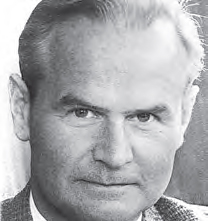
Åsmund S. Lærdal
Founder, Laerdal Medical

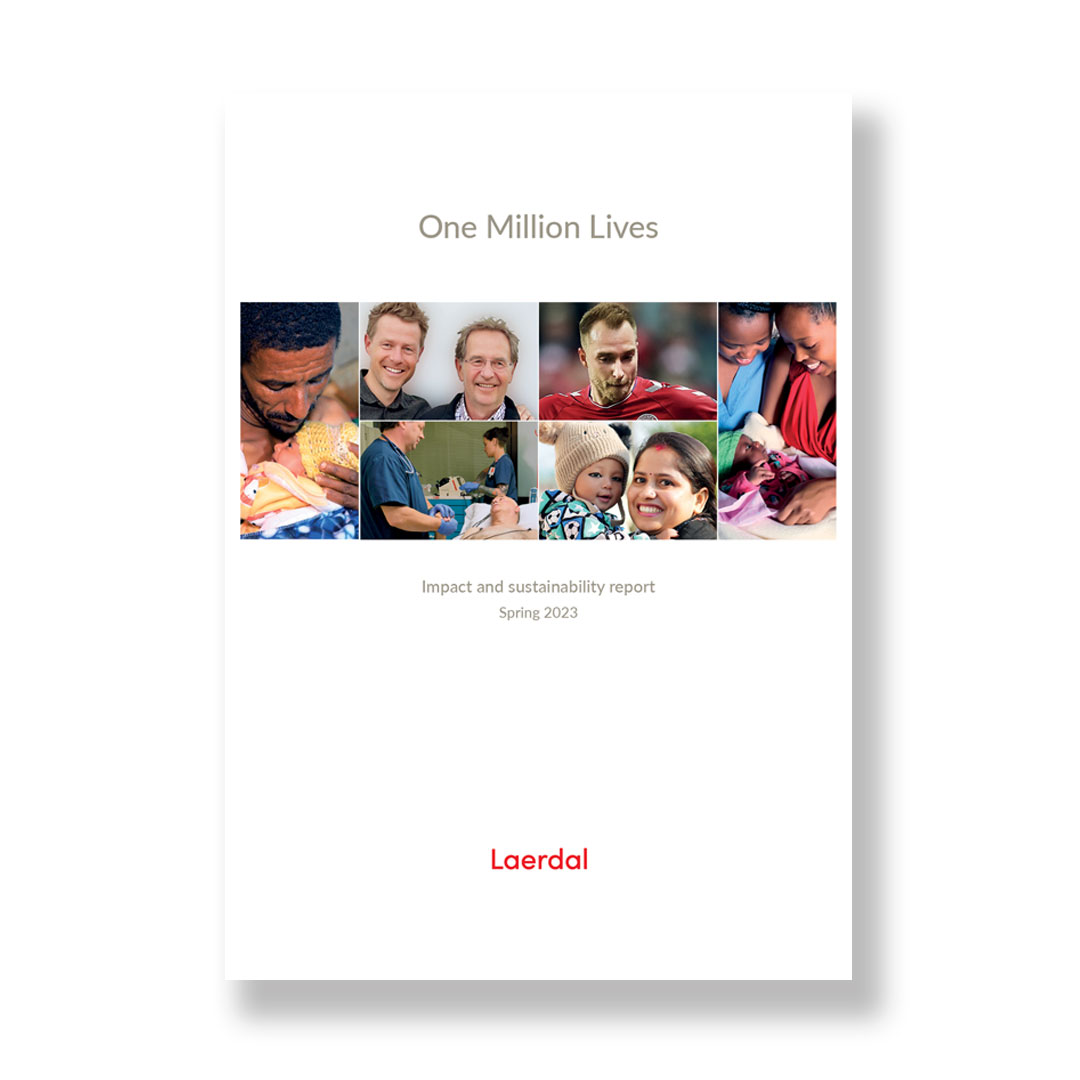
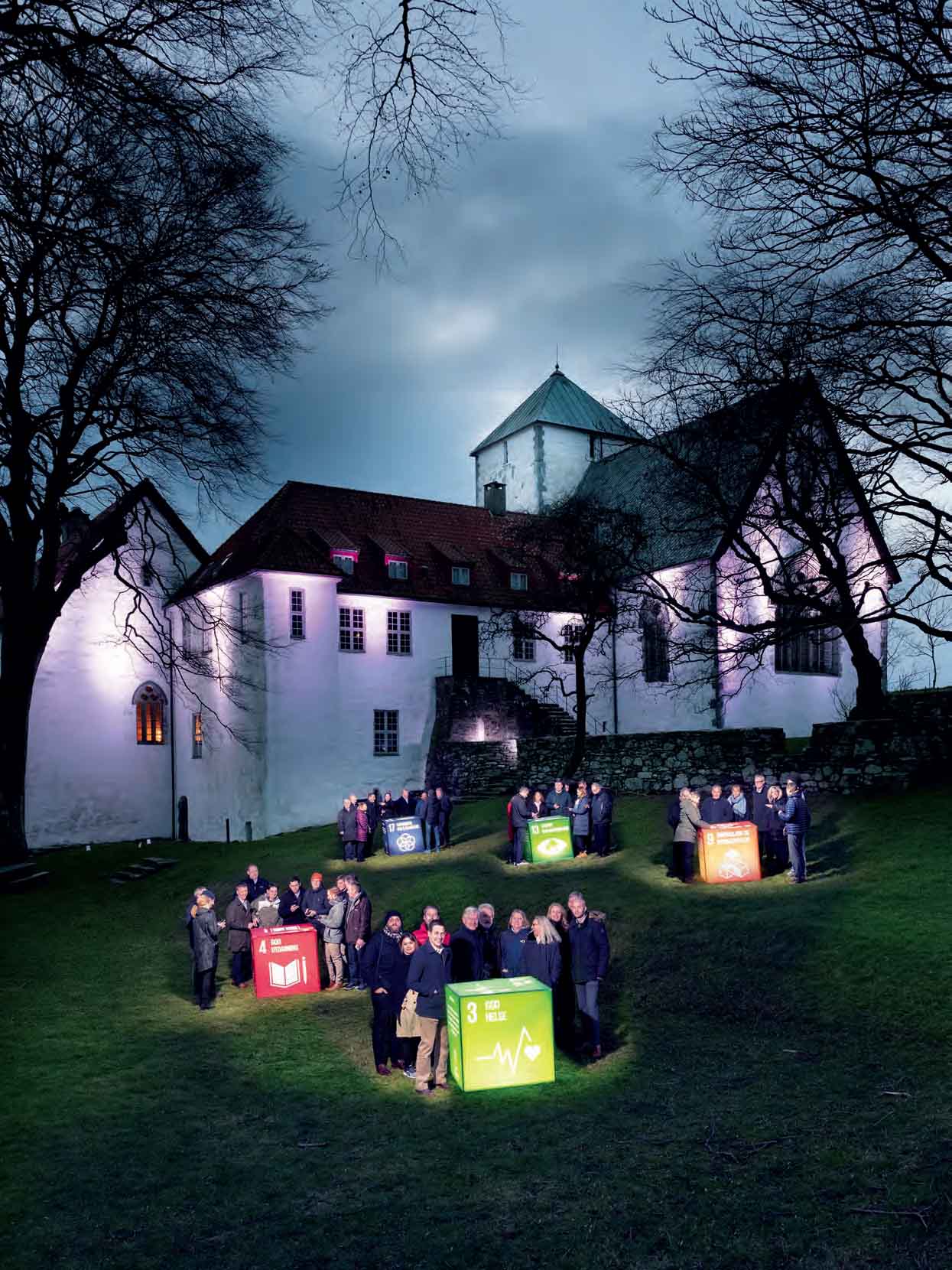

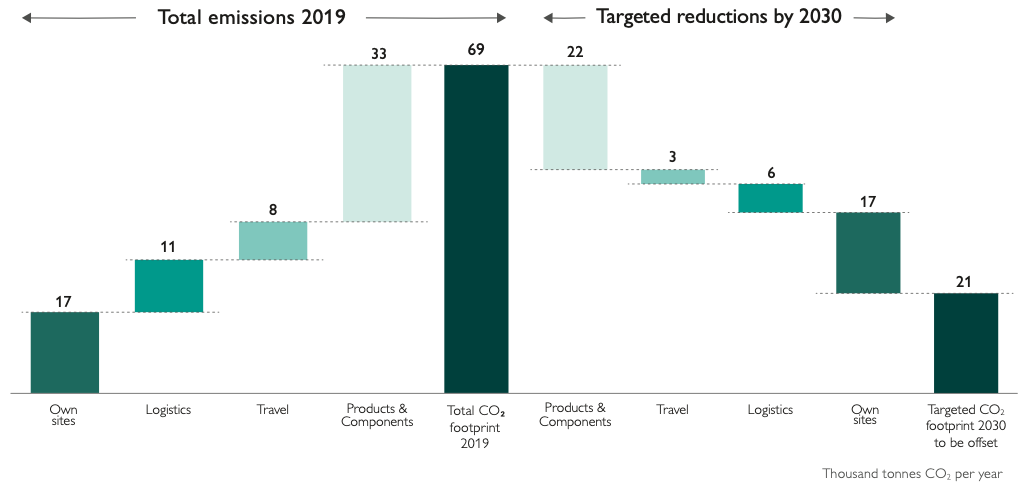
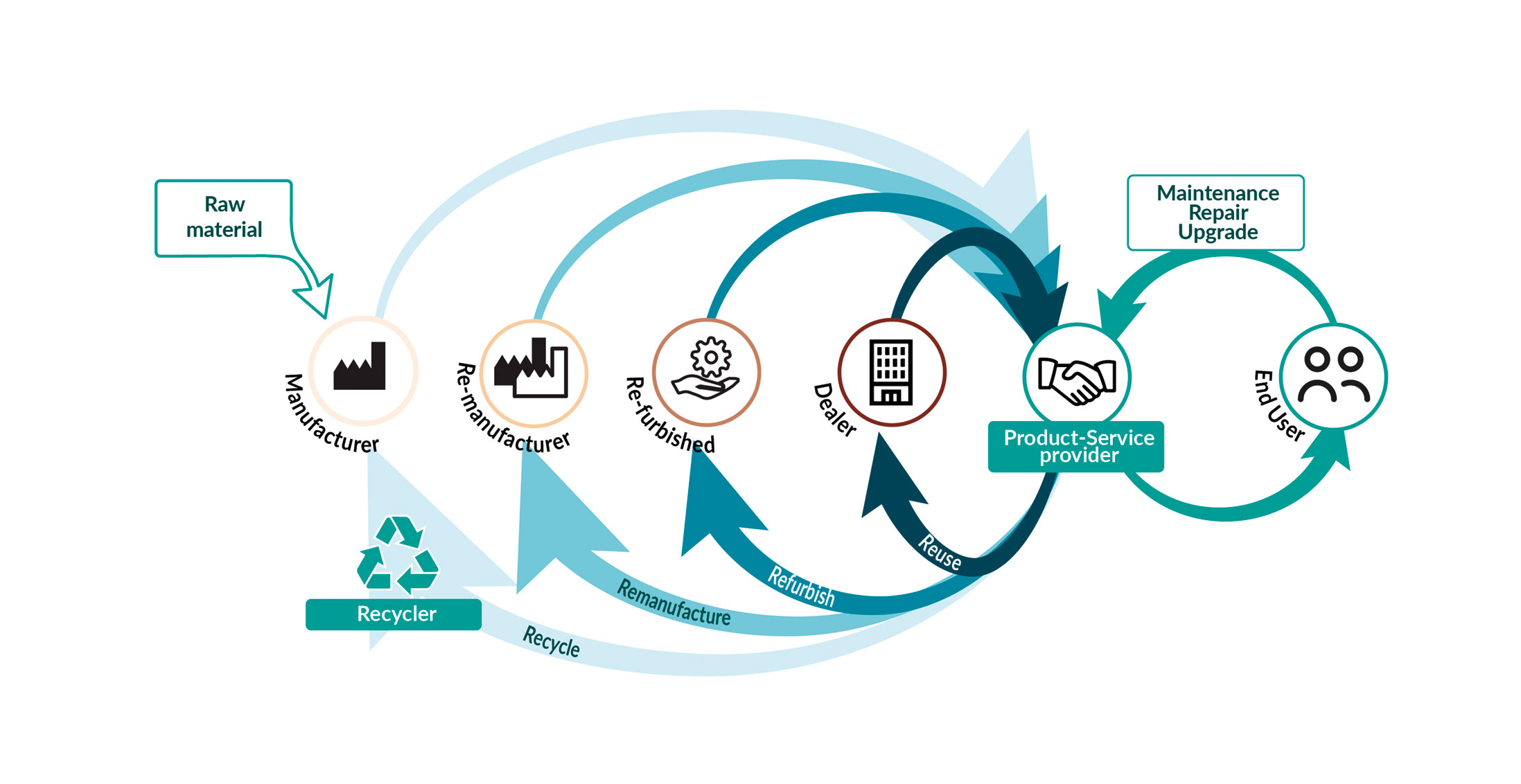
Social Responsibility
Laerdal has been committed to operating in accordance with the UN Global Compact principles for several years. In addition, the company is committed to the UN Guiding Principles on Human Rights (UNGPs) and the Organisation for Economic Co-operation and Development (OECD) Guidelines for Multinational Enterprises which set environmental and anti-corruption standards for responsible business conduct.
The OECD guidelines are unique as regards:
They are not legally binding on companies, but they are binding on signatory governments, which are required to ensure the guidelines are implemented and observed.
In addition to its biannual reporting, Laerdal will be communicating more widely to customers, employees and suppliers on how its commitment to the UN SDGs and the UNGPs and OECD guidelines are integrated in operations. Also, a key element of Laerdal’s 2030 strategy is to develop a human rights, environmental and anti-corruption assessment tool to assist its main suppliers and their sub-suppliers to comply with these international guidelines.